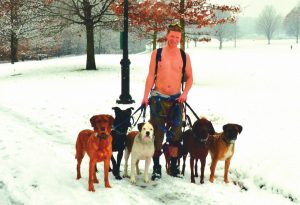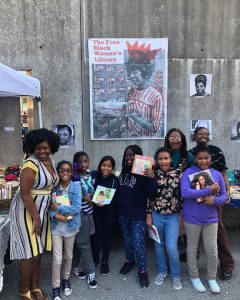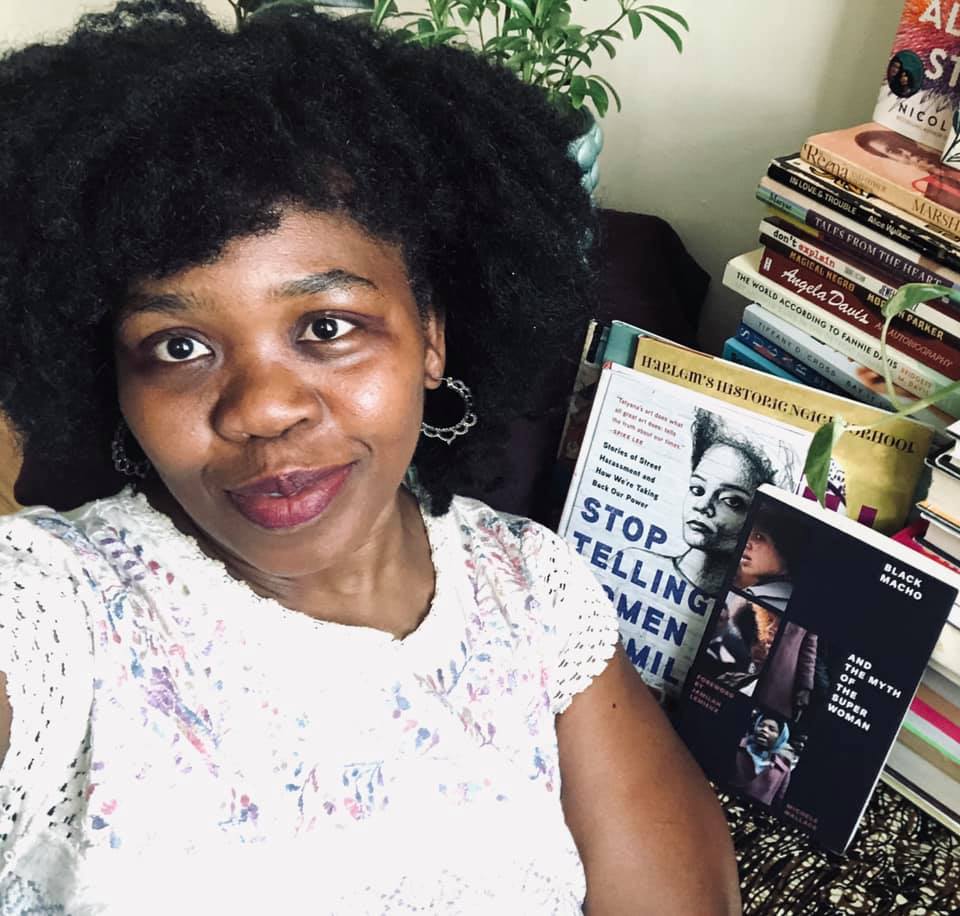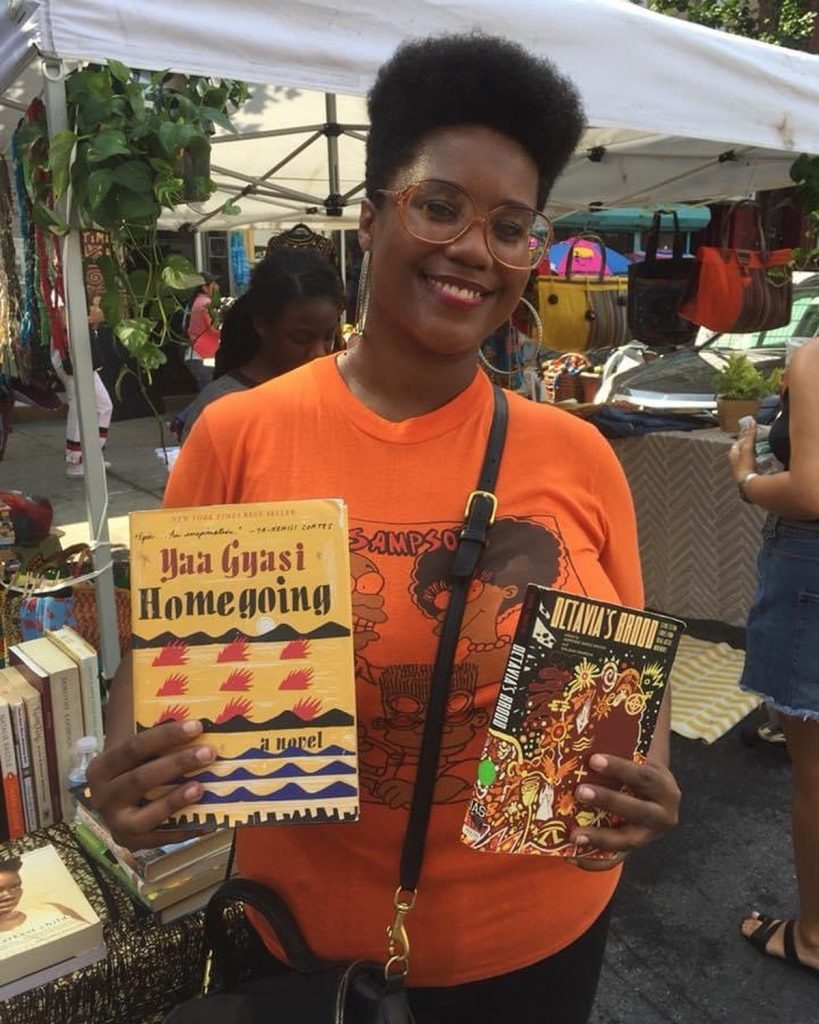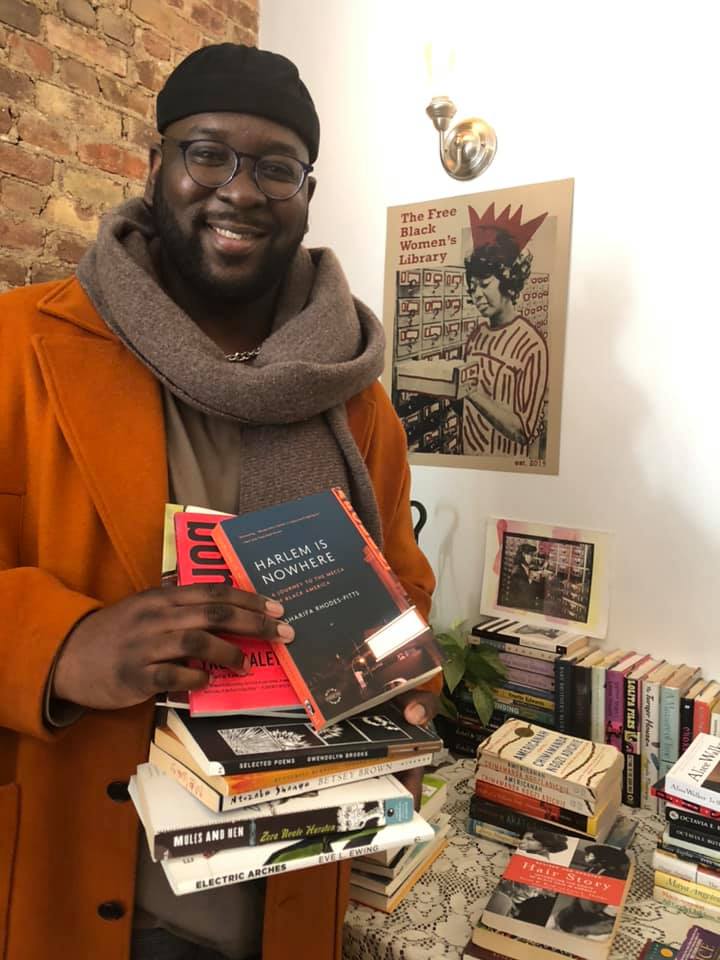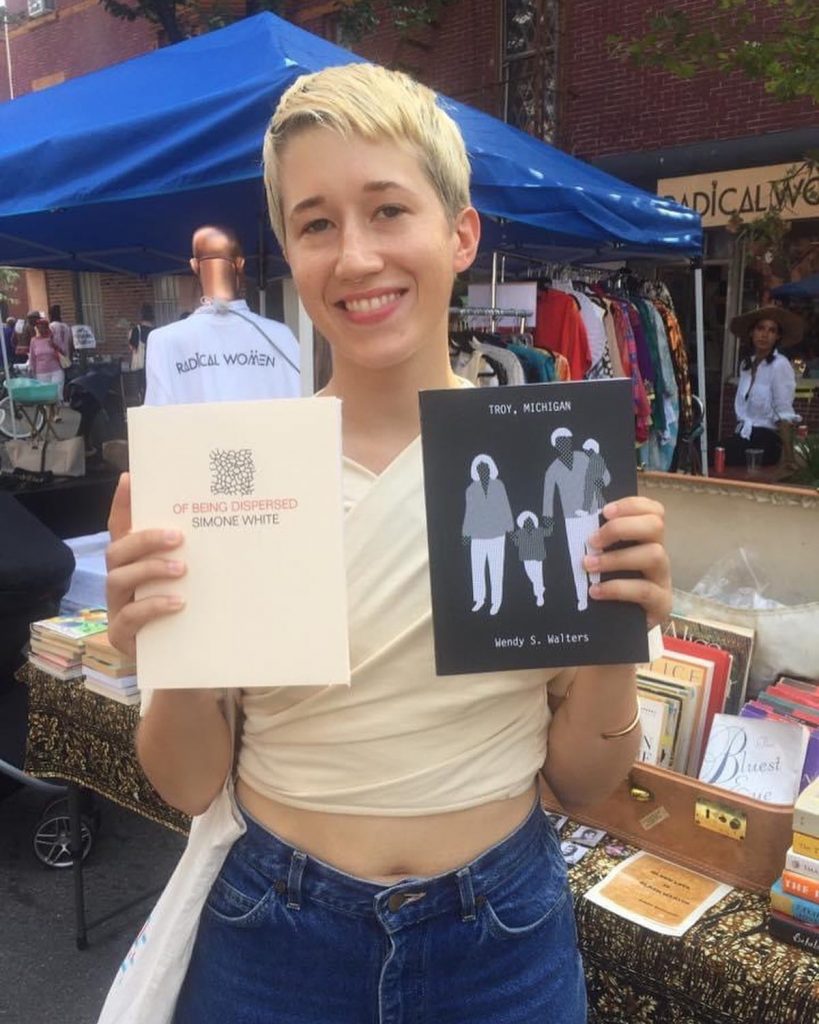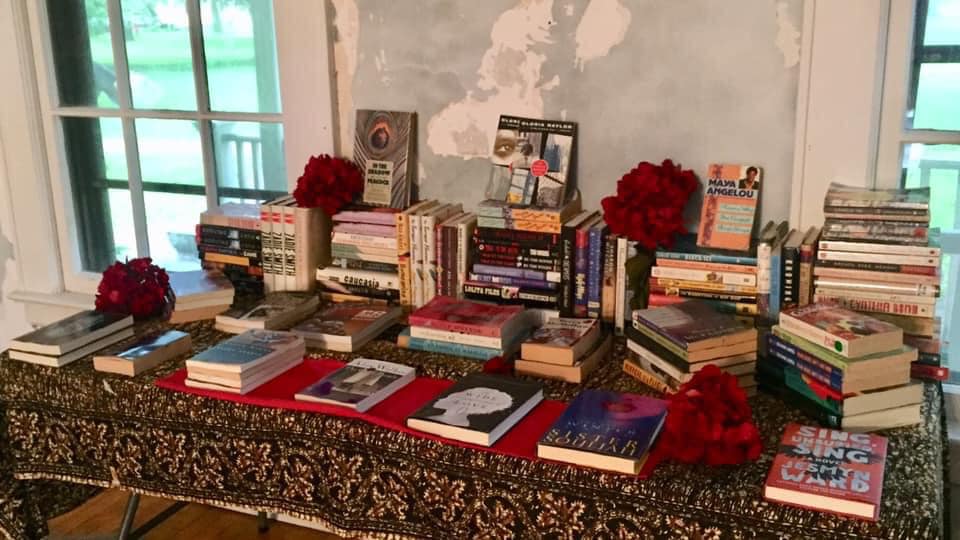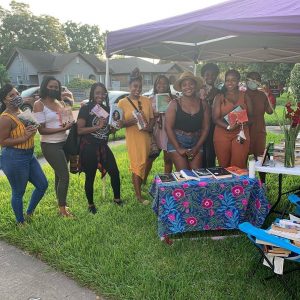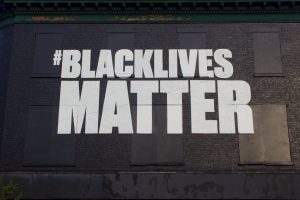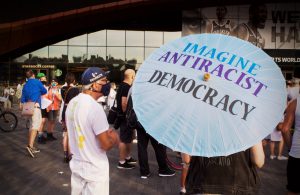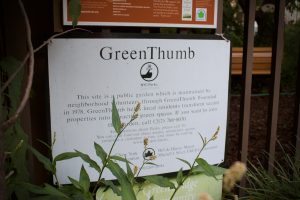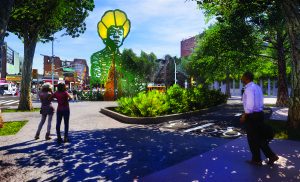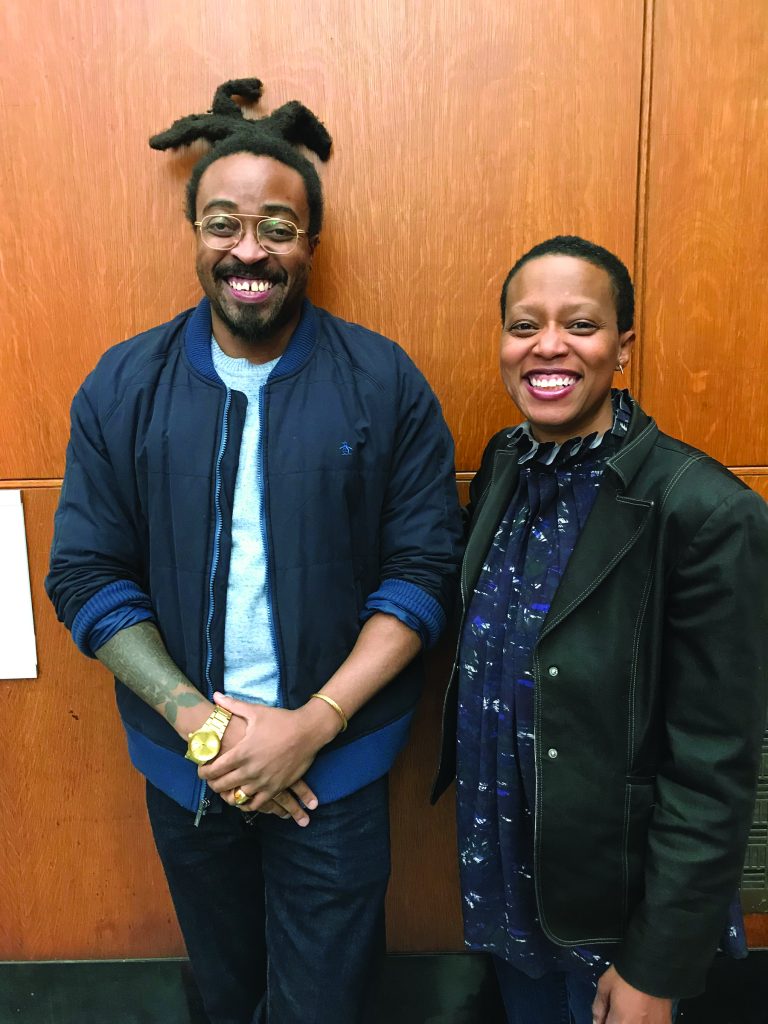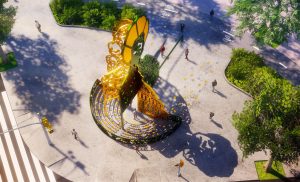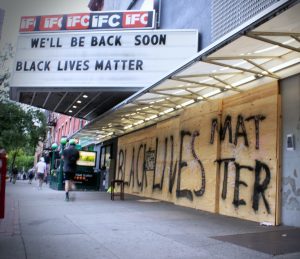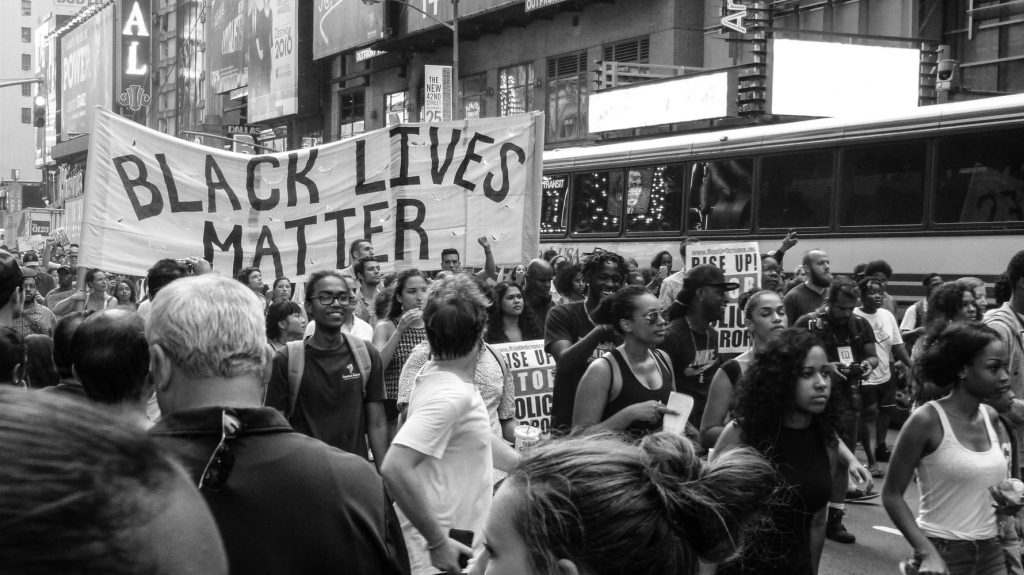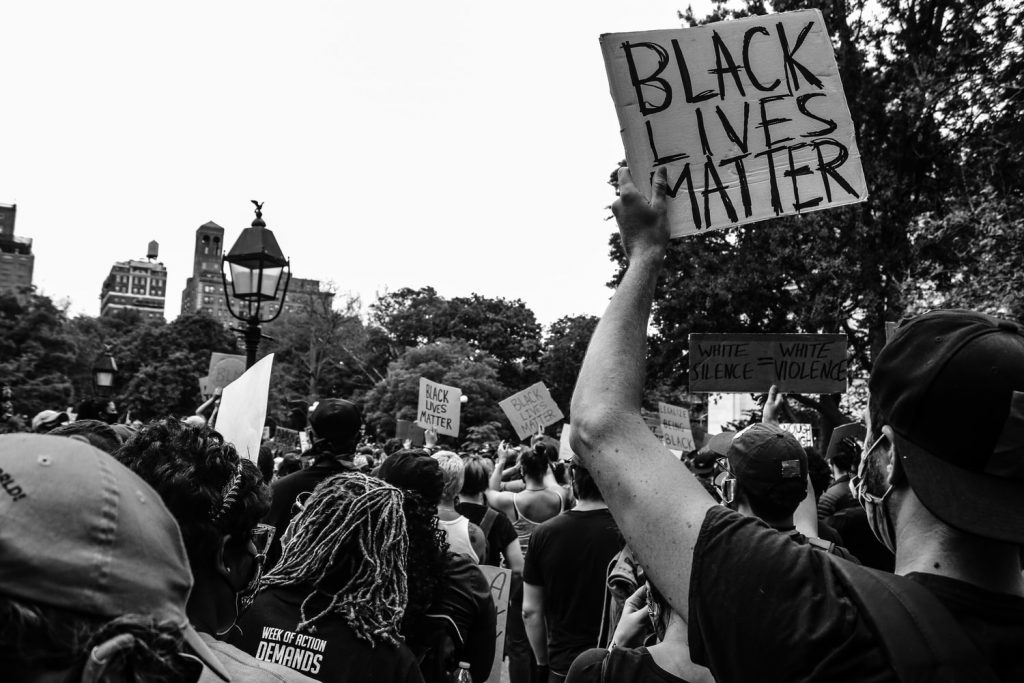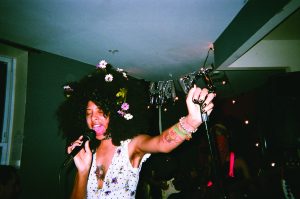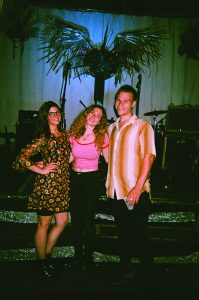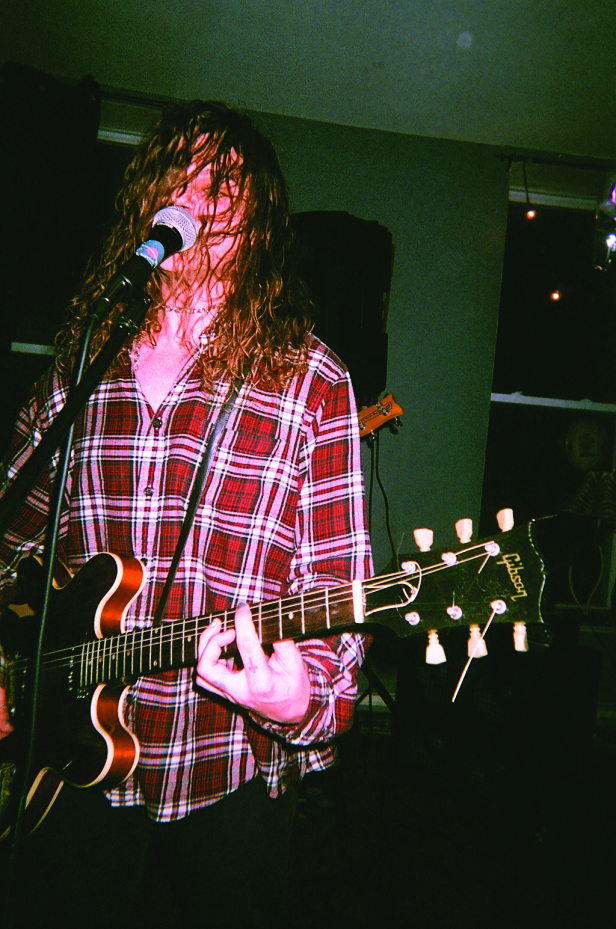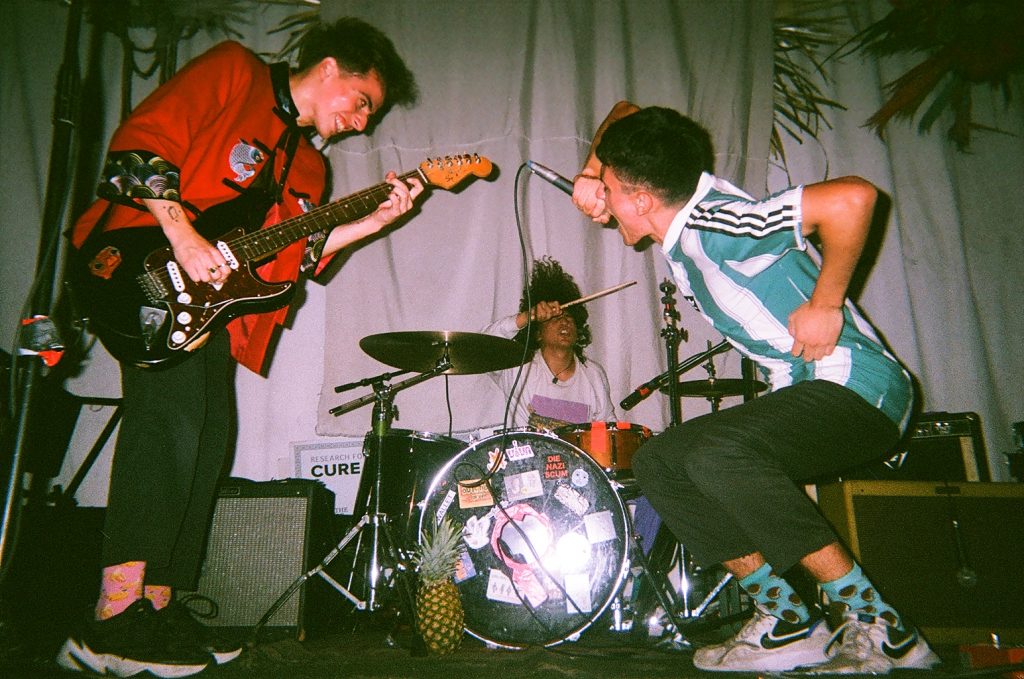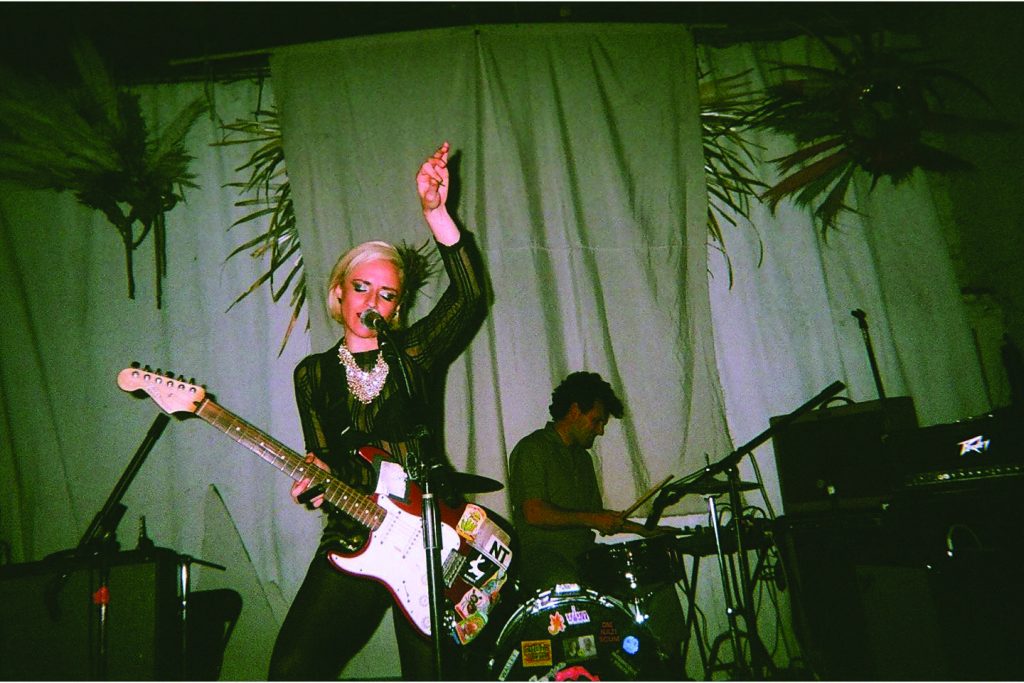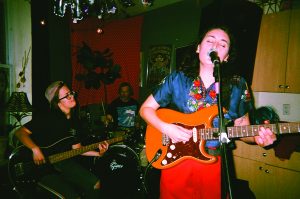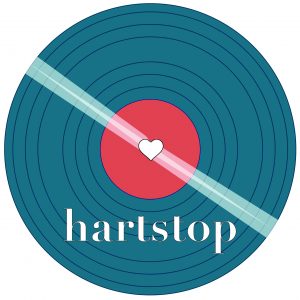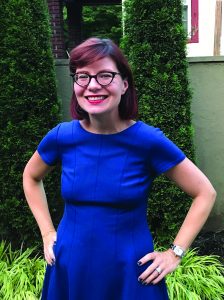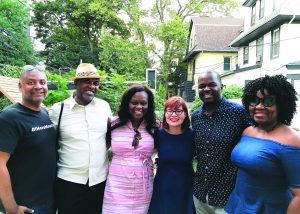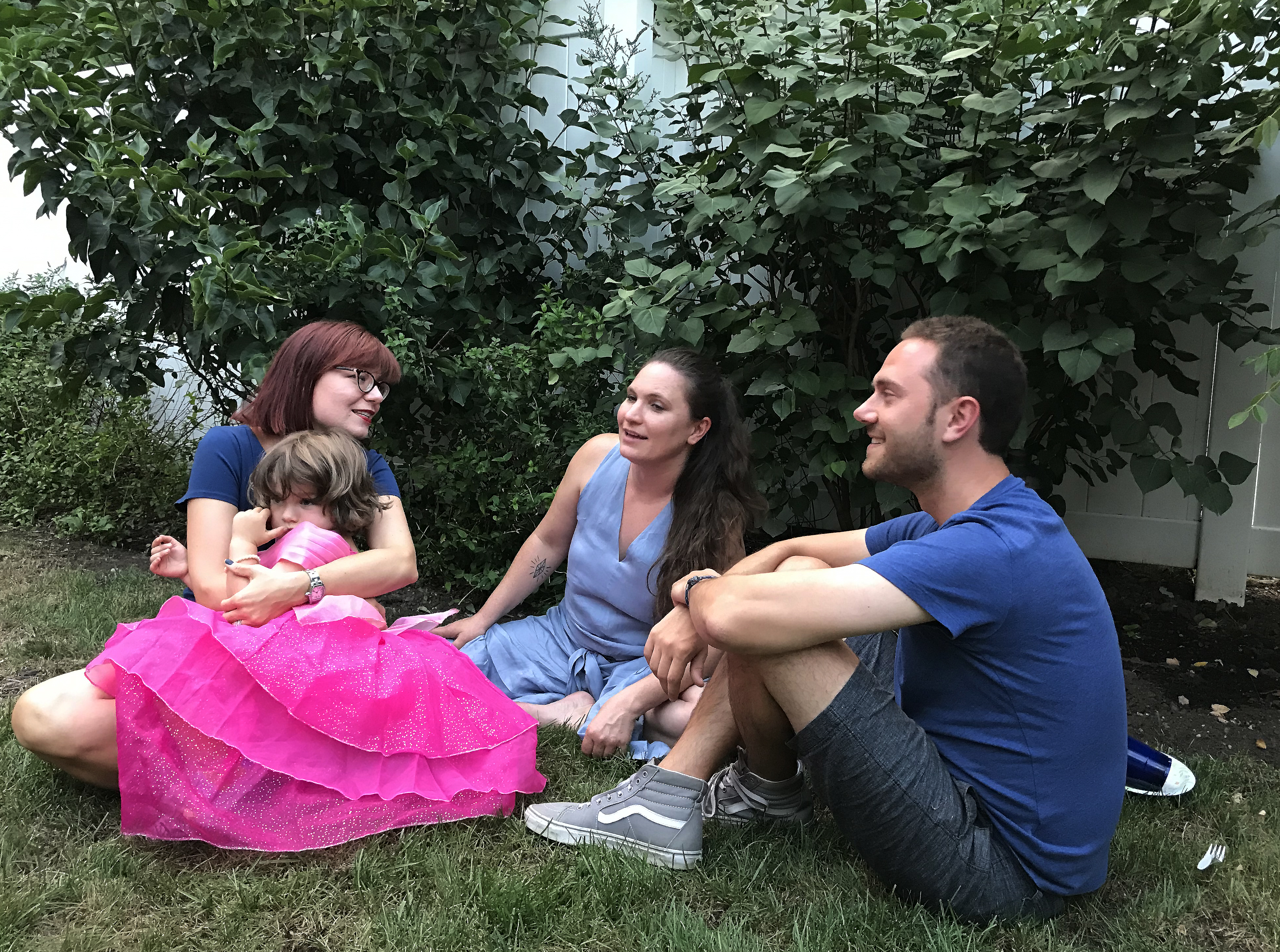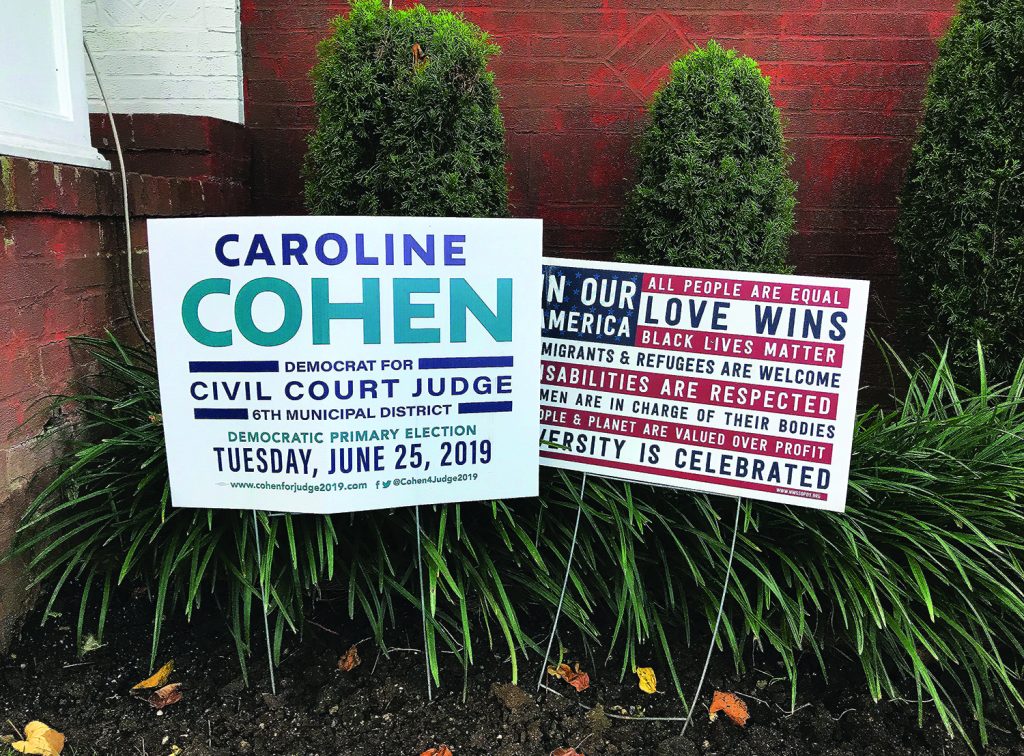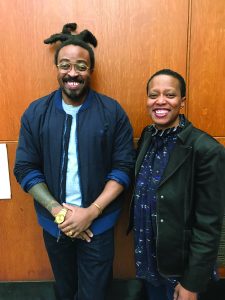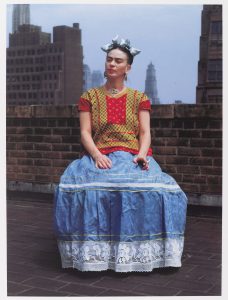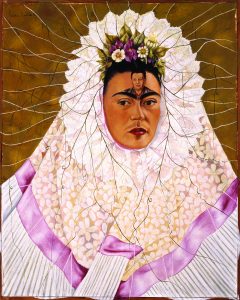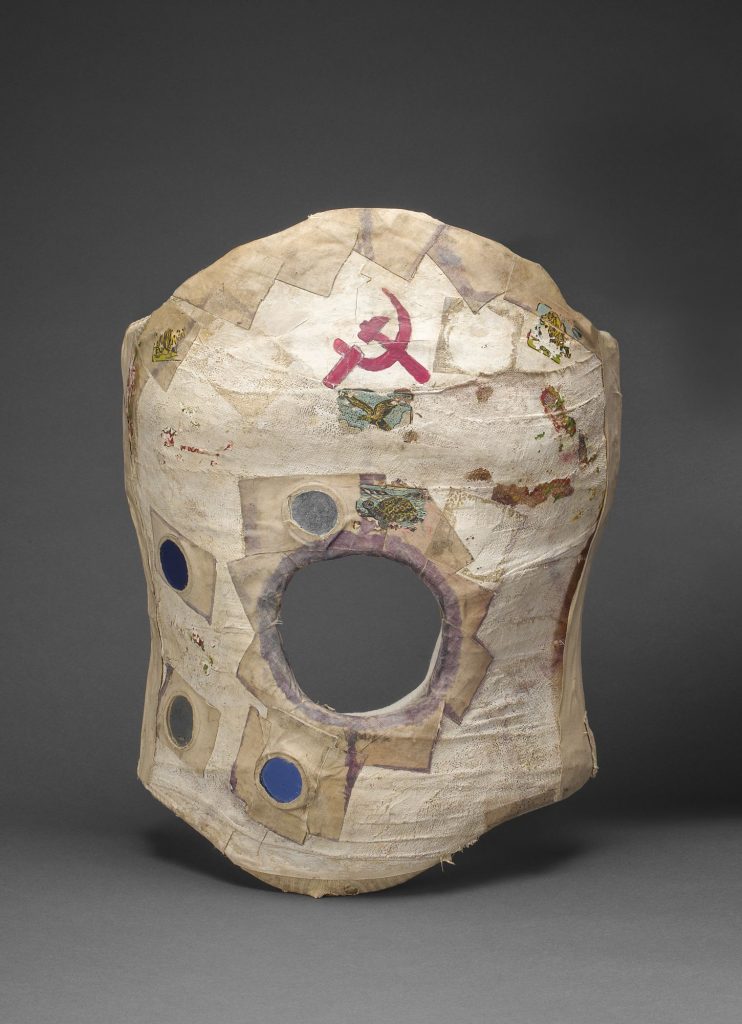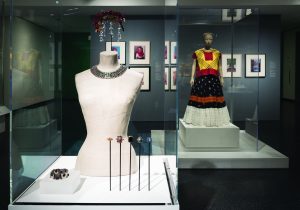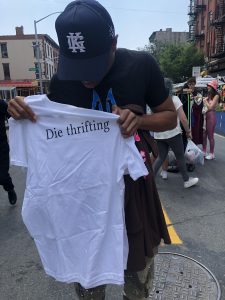
For the next 2 Saturdays, Thrift2Death will be hosting their End of Summer Pop-Up Event. Visit Slope Vintage on 5th Ave for amazing vendors with one-of-a-kind vintage clothes, fantastic thrift finds, and fresh streetwear. Treysaun McGeachy and his cofounder Christain Neils are hosting the free event on August 21st and 28th from 1 PM to 7 PM at Slope Vintage.
“I’m excited for all of them really,” Treysaun says enthusiastically about the weekend’s vendors.
There will be a variety of vendors at the pop-up from vintage curators, custom clothing, graphic tees, and accessories. You’ll be able to meet the creators of new independent brands, those who are making one-of-one pieces and reworked fashion. They’ll also have handmade jewelry, bags, and crystal sellers. All the brands put an emphasis on creating sustainable fashion options; bringing a second life to clothes while remaining stylish and trendy. Thrift2Death also guarantees quality products at affordable prices for everyone, shopping options ranging from $10 to $200. And rest assured all the artists, designers, and curators will be bringing out their best pieces for the weekend event!
Visitors are welcome to come and go as they please. There will be drinks, food, and music. Of course, Slope Vintage will also be open with some great summer sales. And you’ll even have the chance to enter the giveaways for a Thrift2Death tote bag.
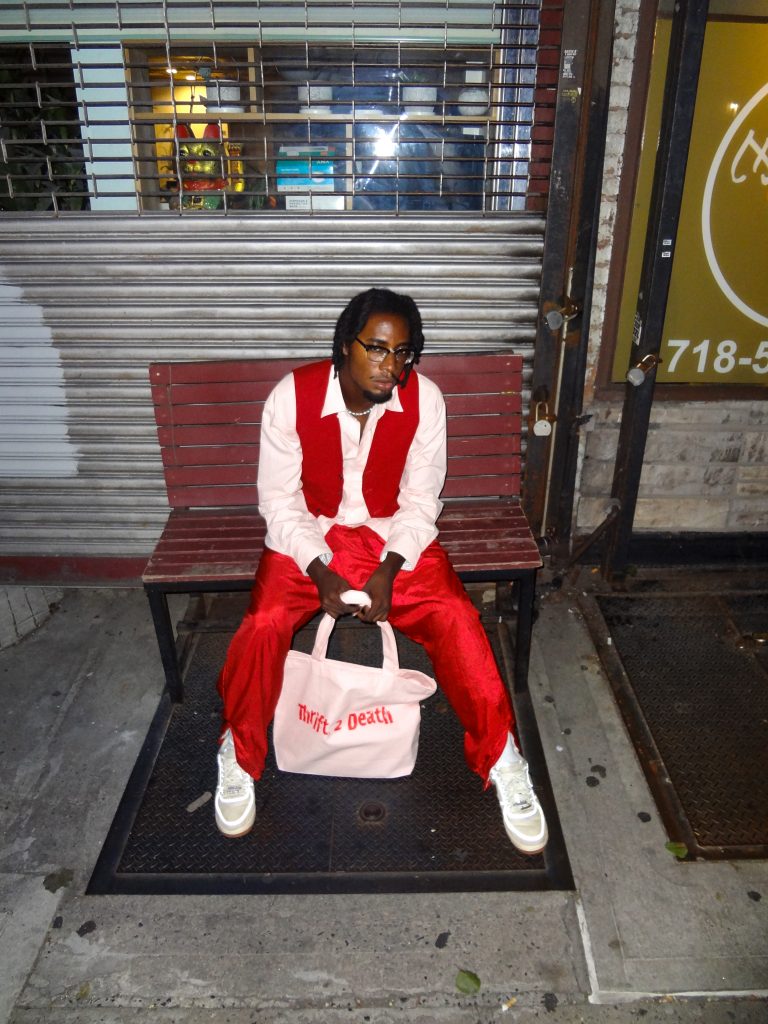
Trey and Christain’s mission with Thrift2Death is to connect the next generations of buyers and sellers at fashion events. As many small brands and clothing curators continue to emerge, they saw that these young business owners needed a physical place to connect with their customers directly. And then had the idea for a pop-up shop event that would not only allow business owners a place to sell but the ability to meet other creators in a positive collective space.
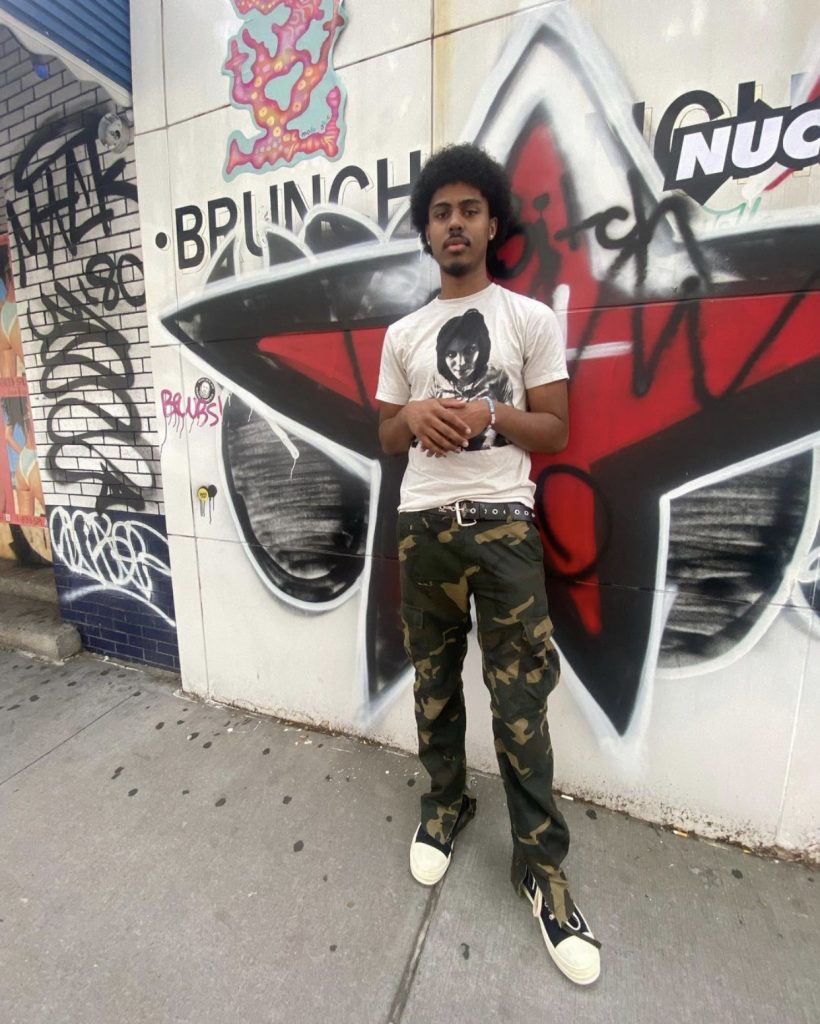
Trey, a 23-year-old recent graduate from Manhattan College, gained his following through TikTok as he began making thrift store review videos. He would showcase the best thrift and second-hand vintage stores in New York. He then began working at Slope Vintage and taking over their social media. The owner helped make Trey’s idea possible by allowing him to host Thrift2Death’s first event outside the store in July. With the combination of 5th Avenue street closure, increased foot traffic, and top-tier vendors the event was a huge success.
“It gave me a lot of confidence in our idea. It made me believe we could do this more and more,” says Trey. They were able to target their key audiences of Gen Z and Millenial shoppers, bringing a good profit and new followers for the businesses and brands, and learned how to make the next event even better.
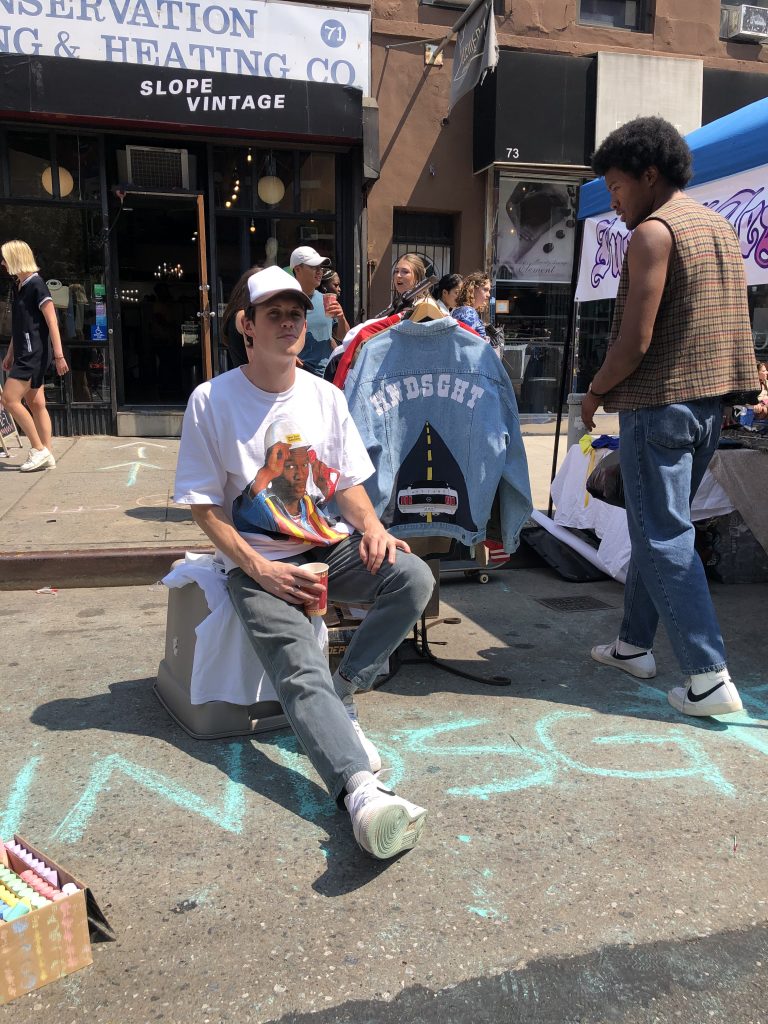
Trey believes that Park Slope is a somewhat untapped neighborhood for young people. While everyone tends to go to the trendy areas of Williamsburg, Bushwick, and the Lower East Side; he sees Park Slope 5th Ave as a centralized location in Brooklyn that is easy for people to connect to all around New York. He hopes with the success of Thrift2Death more business and storefront owners in Park Slope will begin to see the potential in connecting and serving the next generation of brand owners and their customers. That young people have successful ideas, achievable ambitions, and have money to spend.
In the future, Trey and Christian plan to make Thrift2Death greater, with new vendors, larger spaces, and collaborating with more stores and venue spaces. They would even like to expand outside of NYC, hosting events in other cities like Philadelphia and Los Angeles.
You can follow Trift2Death on Instagram for more updates and previews on the vendors this weekend. We will see you at the End of Summer Pop-Up on August 21sh and 28th!


